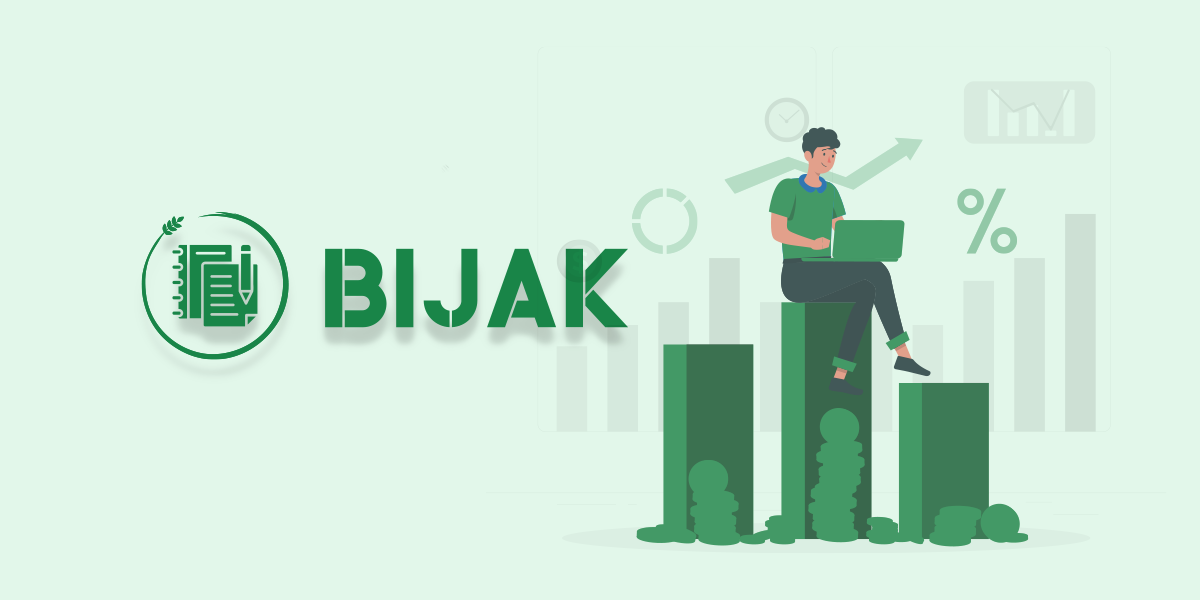India on Thursday announced a curb on importing laptops, tablets, and personal computers with an immediate effect.
“Import of Laptops, Tablets, All-in-one Personal Computers, and Ultra small form factor Computers and Servers falling under HSN 8741 shall be ‘Restricted’ and their import would be allowed against a valid Licence for Restricted Imports,” the notification read.
There are a few exemptions as well. For instance, the restriction does not apply to imports under baggage rules.
Import of 1 laptop, tablet, all-in-one personal computer, or ultra-small form factor computer, including those purchased from ecommerce portals, through post or courier are exempted from the import licensing rules.
There’s also an exemption on up to 20 such devices per consignment for research and development, testing, benchmarking, evaluation, repair, and re-export, among others.
That said, the move is likely aimed at propelling the local manufacturing ecosystem for consumer electronics. India has been making the pivot gradually under its ‘Make in India’ campaign and schemes like PLI.
Moreover, it is also looking to tap into the trend of companies
shifting manufacturing from China to different countries following the Covid-19 pandemic. The US-China trade war and India’s own geopolitical tensions with China too have driven this shift.
One of the headliners in this pivot has been Apple. The iPhone maker has already begun assembling some of its products in India and even exporting them. According to a report, Apple’s iPhone exports from India surged to Rs 10,000 crore in May 2023.
India is also looking to plug a big gap in the local manufacturing of computing devices by setting up infrastructure around semiconductors. At a recent event, Prime Minister Narendra Modi said India would provide up to 50% financial support to companies setting up semiconductor manufacturing units in India.
Earlier this week, Foxconn announced that it would invest more than $600 million in India as part of a phone manufacturing project, and also a semiconductor equipment facility.
According to a Reuters report, India’s electronics imports, which include laptops, tablets, and personal computers, stood at $19.7 billion, over 6% up year-over-year. These imports account for roughly 7% to 10% of India’s total merchandise imports, the report added.
Faisal Kawoosa, a senior technology analyst at techArc, told Entrackr the move is not surprising considering the government’s recent push towards local manufacturing.
“Moreover, now brands cannot import products freely and they may have to acquire approvals from the government to do so,” he added.
“While the reason behind this move is understandable, however, it will have an impact on the manufacturers who import these finished products into the Indian market, which will increase the price in the short term, while at the same time it will hopefully support the growth of the supply chain in India,” Kazim Rizvi, founder at Dialogue India, said in a Twitter thread.
“…this restriction may lead to some short-term supply disruptions, especially for brands like Apple, HP, and Lenovo. Moreover, with the festive season approaching, a significant period for sales, the industry may face challenges in meeting demand,” Tarun Pathak, Research Director at CounterPoint Research, said in a statement.
“…India has made remarkable progress in achieving almost 100% local manufacturing for smartphones and TVs, but the IT hardware segment has lagged behind, with only 30-35% of products currently being Made in India…,” he added.
An immediate impact has been felt by Redington Limited, one of the largest distributors and importers of IT equipment in the country. The firm’s stock price tanked over 4% on the National Stock Exchange since the announcement. The move is likely to be challenged at the WTO too, possibly, as the supply chain in this case winds down through many other countries besides the obvious target, China.
Politically too the move might face some attacks at some stage if local prices rise too much, as the education sector is one of the largest users of these items.
Update: 5:20 pm IST: The post has been updated with comments from CounterPoint Research.














